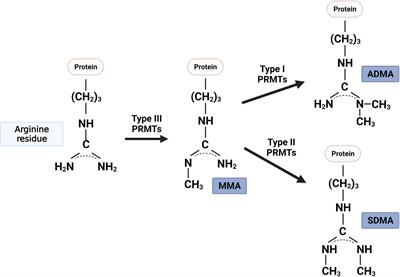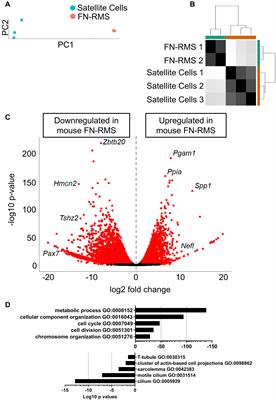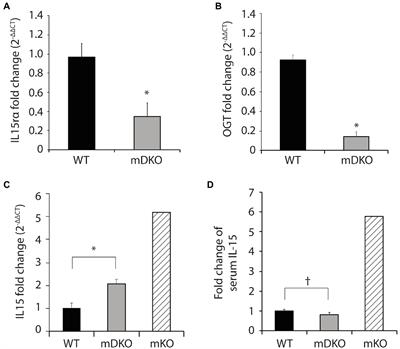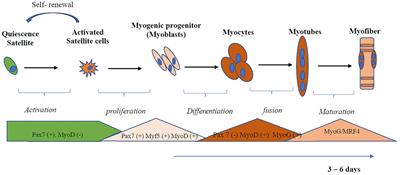EDITORIAL
Published on 30 May 2022
Editorial: Myokines, Adipokines, Cytokines in Muscle Pathophysiology, Volume II
doi 10.3389/fphys.2022.907956
- 999 views
- 1 citation
9,248
Total downloads
29k
Total views and downloads
EDITORIAL
Published on 30 May 2022
REVIEW
Published on 18 Feb 2022

REVIEW
Published on 19 Aug 2021

ORIGINAL RESEARCH
Published on 06 Aug 2021

BRIEF RESEARCH REPORT
Published on 13 Jul 2021

REVIEW
Published on 03 Jun 2021
